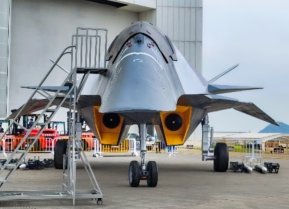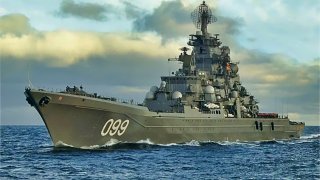Russia's Kirov-Class Battlecruisers are the Last 'Battleships' (But Not for Long)
The Russian Navy’s decision not to modernize the Pyotr Veliky, one of two remaining Kirov-class nuclear-powered battlecruisers, underscores the vessel's diminishing value. The Kirov class, originally built in the Cold War to showcase Soviet naval power, now faces high maintenance costs, outdated technology, and limited utility.
What You Need to Know: The Russian Navy’s decision not to modernize the Pyotr Veliky, one of two remaining Kirov-class nuclear-powered battlecruisers, underscores the vessel's diminishing value. The Kirov class, originally built in the Cold War to showcase Soviet naval power, now faces high maintenance costs, outdated technology, and limited utility.
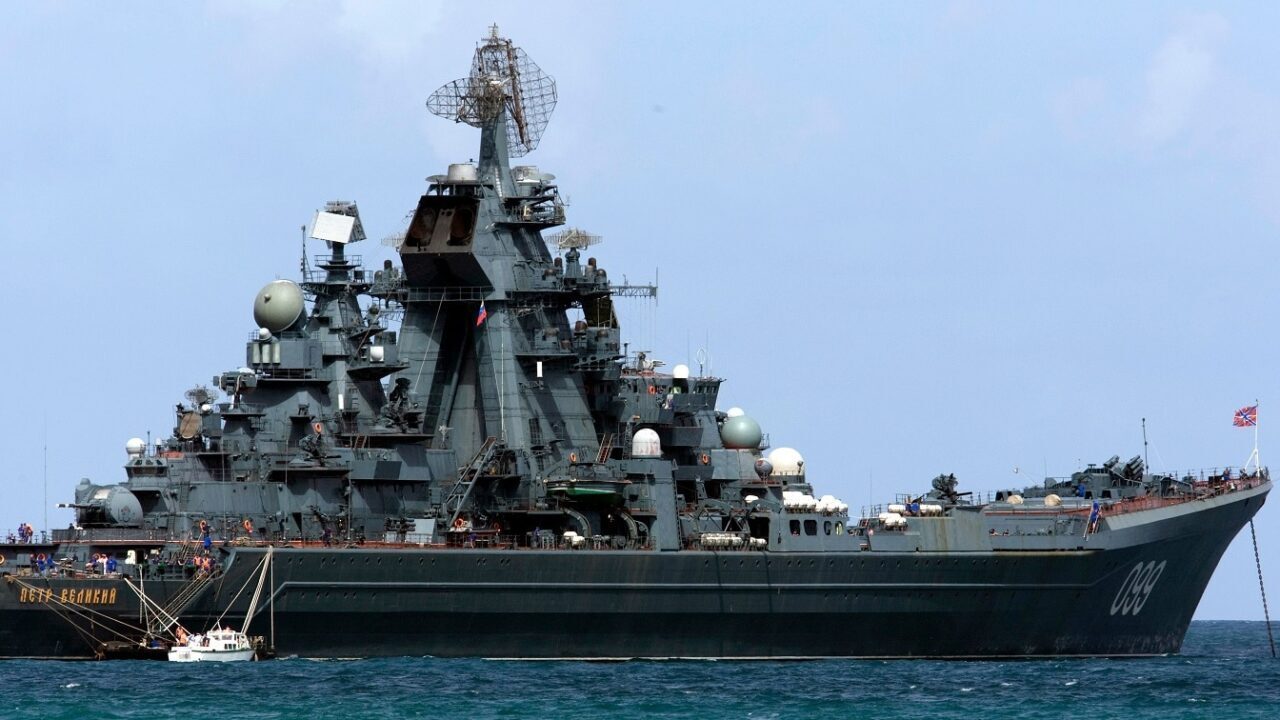
-While the Admiral Nakhimov is set for upgrades, Veliky will likely be decommissioned due to the class’s vulnerability to modern, faster, and stealthier threats.
-With Russia’s resources stretched by the ongoing Ukraine conflict, naval experts suggest the Kirov class should be fully retired to prioritize more cost-effective and advanced naval systems.
End of an Era? Russia May Fully Retire Its Massive Kirov-Class Battlecruisers
Calls to reactivate battleships like the USS New Jersey reflect misplaced nostalgia rather than strategic sense. Even if they could be restored, battleships are outdated for modern warfare.
With their need for close-range engagement, they’d be vulnerable to advanced anti-access/area-denial (A2/AD) systems designed to keep warships at bay.
Their manpower requirements, lack of automation, and difficulty in maintenance further diminish their viability. Instead, the U.S. should focus on developing hypersonic weapons, unmanned vehicles, and directed-energy systems to counter distant threats from adversaries like China.
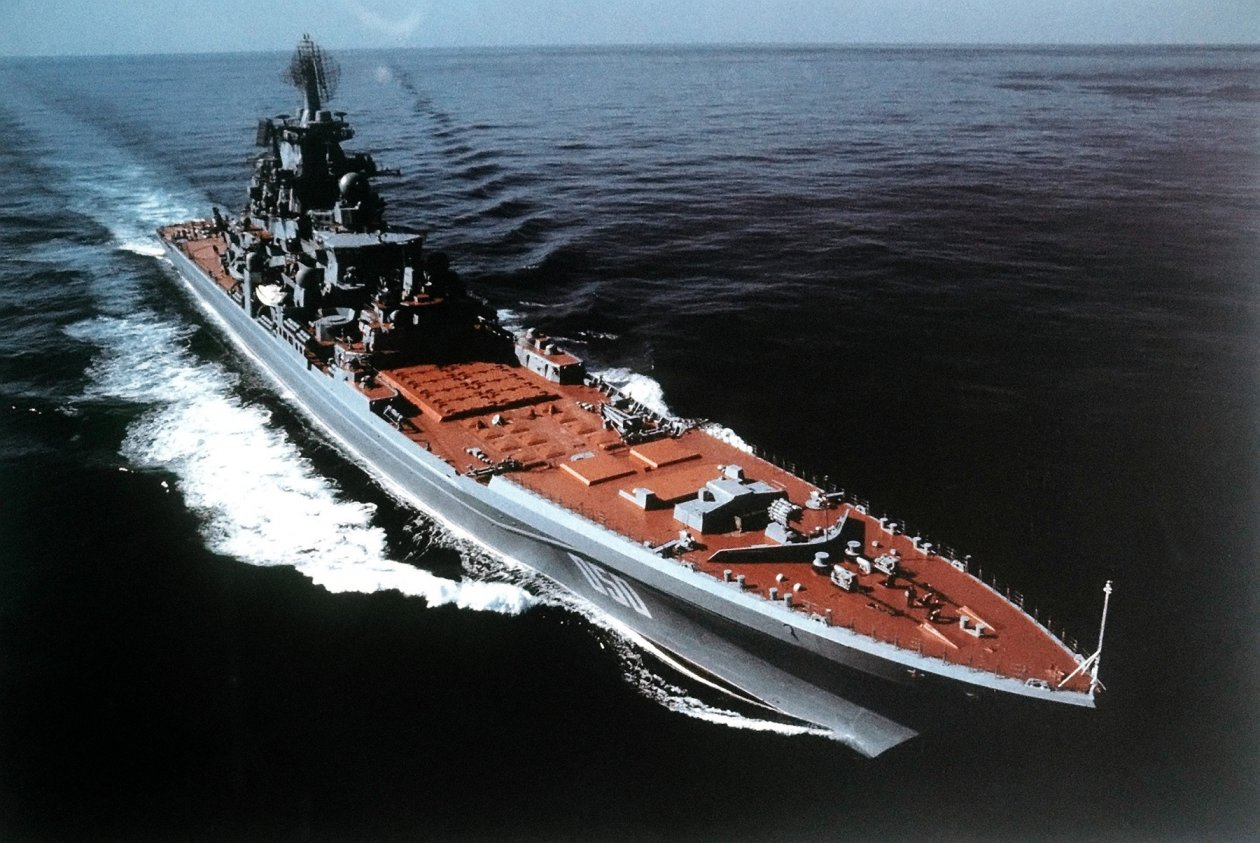
Investing in these technologies offers far more value than reviving relics from WWII.
Last year, the Russian Navy announced it would not modernize the Kirov-class nuclear powered battlecruiser Pyotr Veliky as originally planned.
The lone two Kirov vessels, Pyotr Veliky and Admiral Nakhimov, were both set to be upgraded, but now only the Nakhimov will be modernized. The decision likely stems from the ship’s high maintenance costs, ongoing technical issues, and outdated Cold War-era technology.
Retiring the Kirov
The Kirov is distinct for its size. Displacing 28,000 tons, the Kirov class is the largest surface combatant in service today, and by a large margin: It is three times larger than the U.S. Arleigh Burke-Class destroyer and comparable in size to the Japanese Izumo-class aircraft carrier.
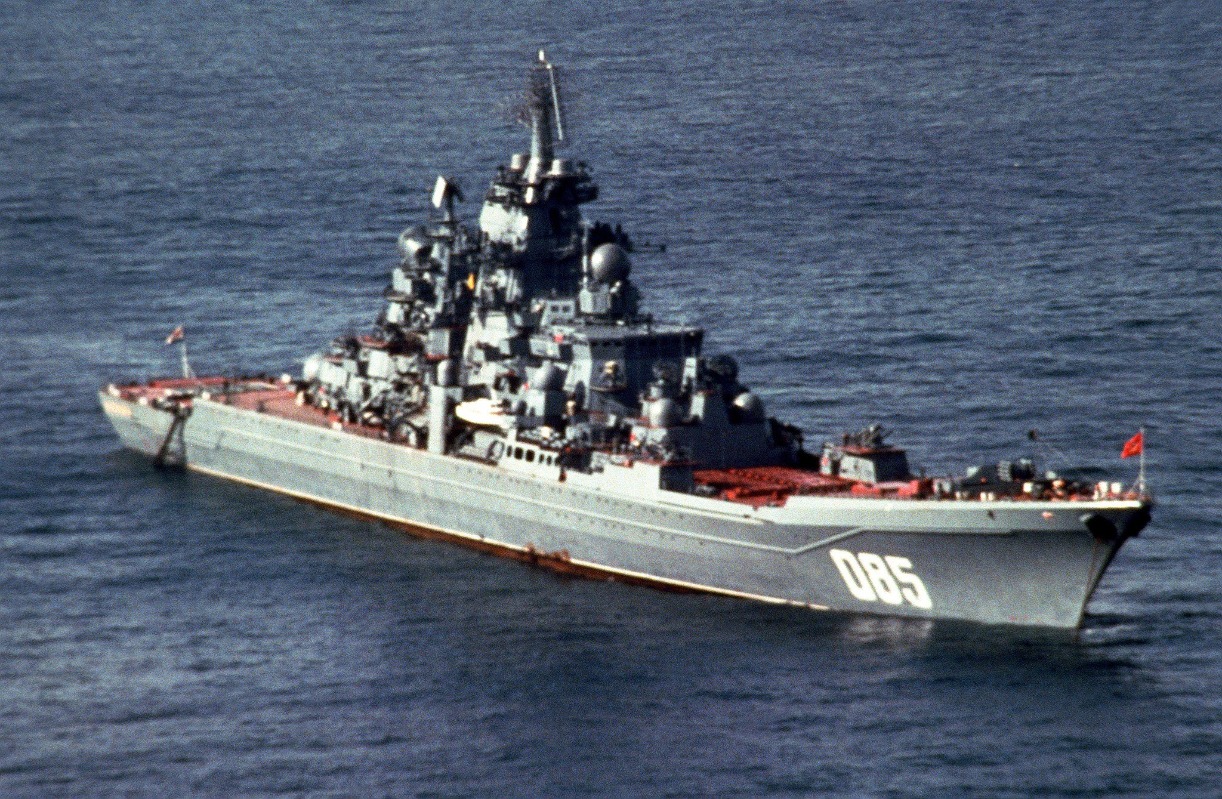
The Soviet Union built four Kirov-class vessels, but only two survive today. The two decommissioned Kirov battlecruisers were both retired shortly after the fall of the USSR and committed to storage, where they deteriorated so badly that restoration became untenable.
Nakhimov is expected to return to service sometime in 2024 or 2025. Veliky was scheduled to enter refurbishment around the same time. Instead, Veliky will “be decommissioned when the Admiral Nakhimov returns to service – leaving the Navy with just one Kirov-Class ship,” Military Watch Magazine reported.
Cold War Relic
The Kirov is a throwback vessel of massive proportions. At 827 feet long, the Kirov has a 93.5-foot beam and a 30-foot draught. For propulsion, the class relies on two nuclear reactors, two steam turbines, and four propellers, all together generating 140,000 horsepower.
Debuting in the 1980s, the Kirov was initially relevant, serving during the last decade of the Cold War and projecting Soviet sea power in both the Atlantic and Pacific Oceans. But the Kirov is past its heyday, as The National Interest has reported in the past: “The age and maintenance of the Kirov-Class is one notable concern. Being over 30 years old, requiring extensive maintenance and constant upgrades to remain operational (and relevant on the modern naval battlefield), this boat is both costly and time-consuming for a Russia that today needs simplicity and cheapness.”
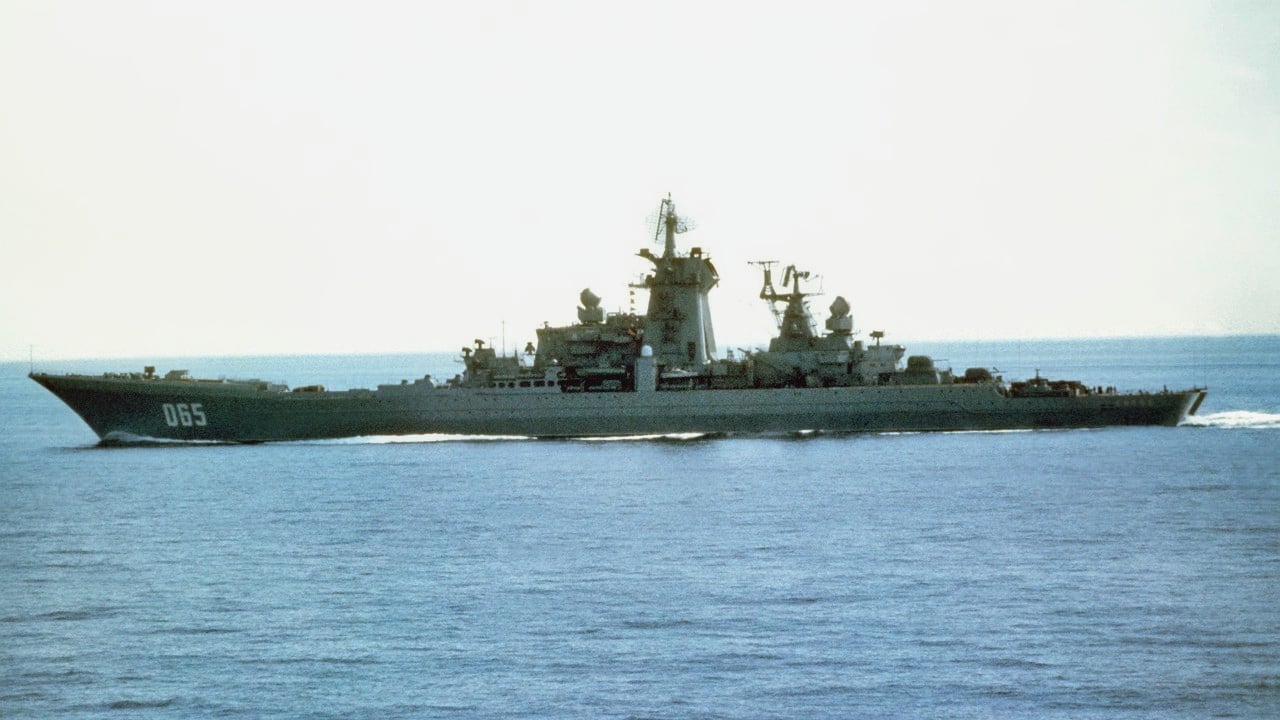
Further reducing the Kirov’s contemporary usefulness is the modern emphasis on speed and stealth. The Kirov is large and slow and hence vulnerable to new, advanced weaponry. It also has outdated sensors, communications equipment, and weapons platforms, meaning the Kirov isn’t as effective as it used to be.
As Brandon Weichert wrote, the Russians would be wise to just decommissioned the entire Kirov class and move on: “Russia’s Kirov-Class battlecruiser was never worth the rubles and resources that Moscow spent on it. If Moscow were smart, they’d decommission the [Kirov] and spend the freed-up resources on more advanced systems or cheaper unmanned underwater vehicles.”
As the war in Ukraine drags into its third year, and resources are constrained further, the Kirov class may well be decommissioned entirely.
About the Author: Harrison Kass, Defense Expert
Harrison Kass is a defense and national security writer with over 1,000 total pieces on issues involving global affairs. An attorney, pilot, guitarist, and minor pro hockey player, Harrison joined the US Air Force as a Pilot Trainee but was medically discharged. Harrison holds a BA from Lake Forest College, a JD from the University of Oregon, and an MA from New York University. Harrison listens to Dokken.
All images are Creative Commons or Shutterstock.
